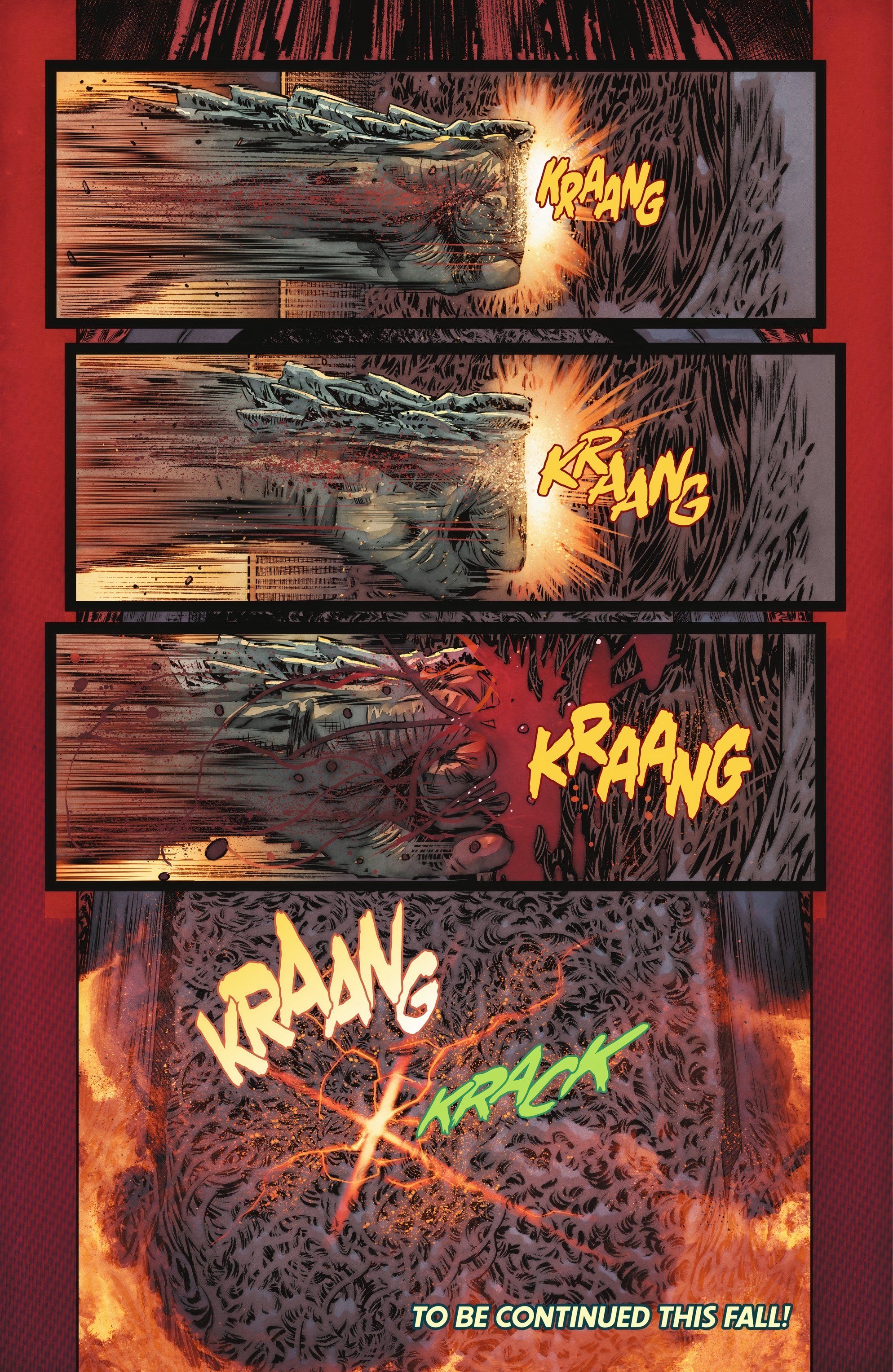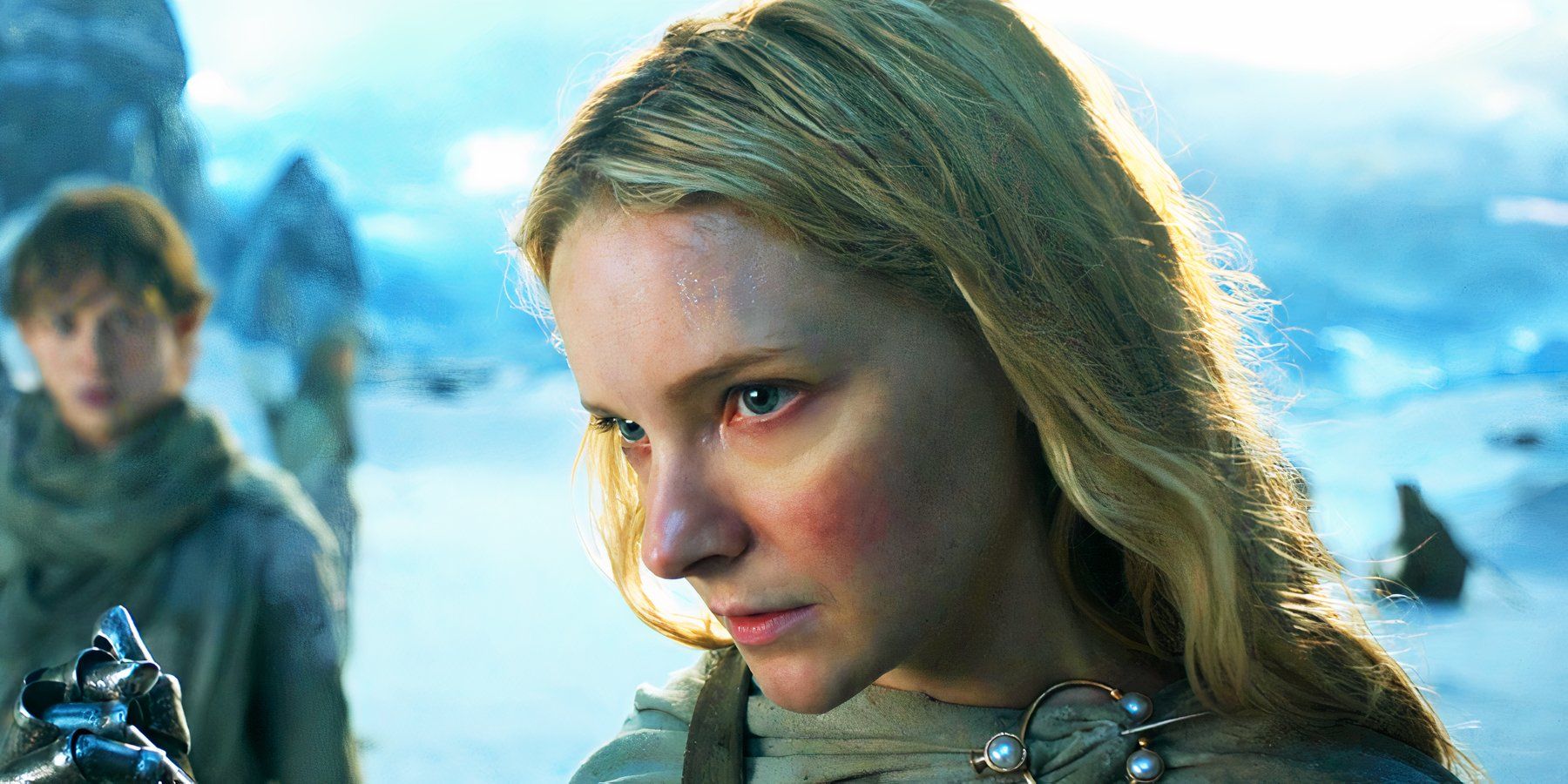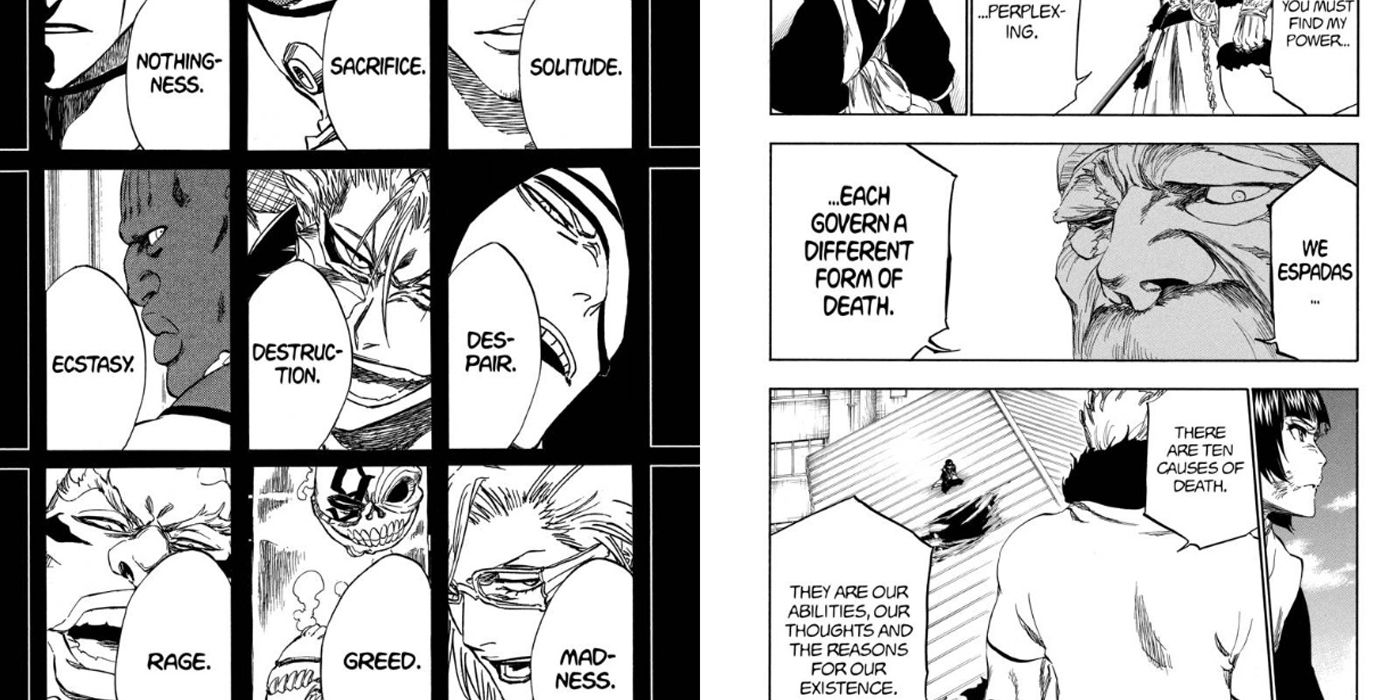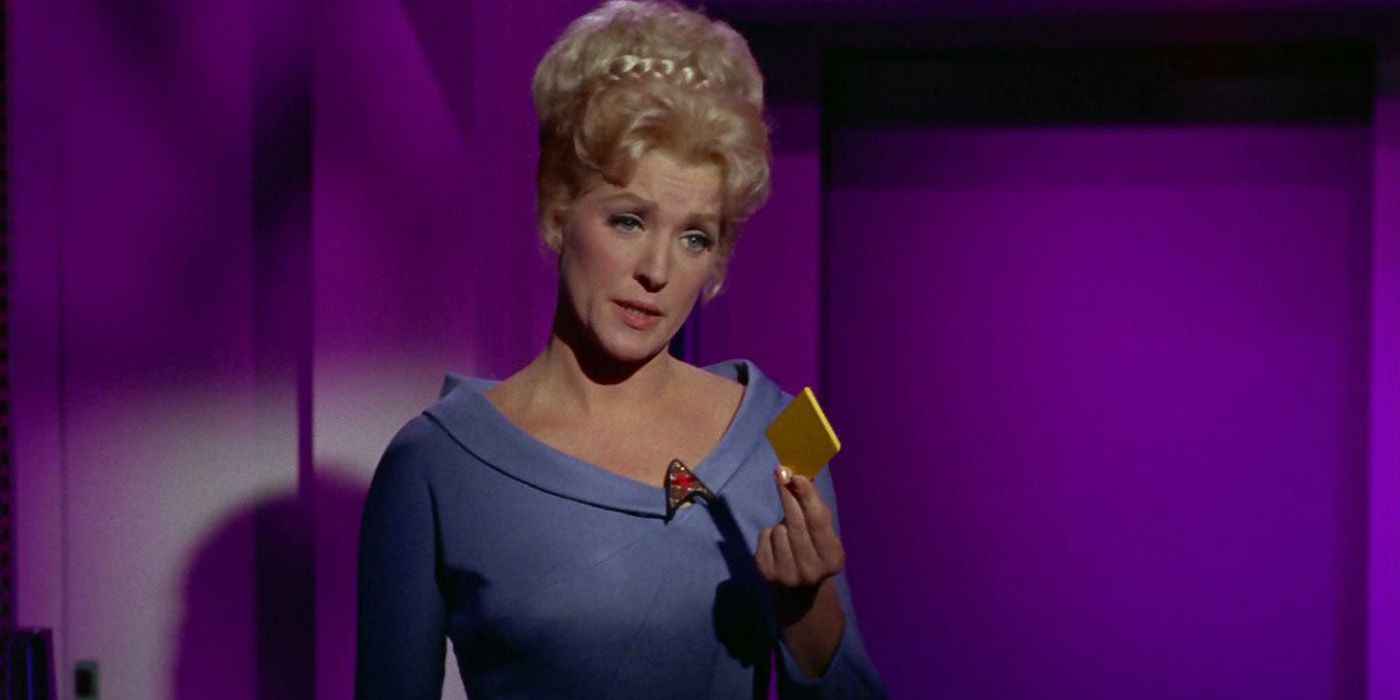
[This is a review of Hannibal season 3, episode 10. There will be SPOILERS.]
–
Since the start of the Red Dragon storyline, what’s been great about Hannibal is the way episodes have begun to play out like the start of a new relationship, exploring the ways in which people, knowing the risk of being hurt, sometimes can’t help but throw themselves into an affair with what might look suspiciously like reckless abandon. This being Hannibal, these past episodes have also shown how the physical and emotional scars from the past effect the characters’ perception of who they are, and how they connect with the person who influences their lives the most.
In many cases, that person is, for worse or for worse, Dr. Hannibal Lecter. The connections he is able to make with people, and the way it allows him to delve deeper into their psyche time and time again borders on the supernatural. And while the series has shown us how destructive an association with Hannibal can be, there is no more effective evidence of both the immense sway of his dynamism and the detrimental after effects proximity to him can have than the two people who have survived being close to him the longest.
With all that’s going on in ‘…And the Woman Clothed in the Sun,’ it is fascinating that the episode takes time for Will and Bedelia to discuss the darkness lingering in the periphery of their baser selves, and the intrinsic difference in their make up that, when the chips (or injured birds) are down, ultimately separates them. In their discussion, Bedelia points out how an act of great cruelty requires great empathy, once again denoting how Hannibal’s interest in Will stems from his enormous capacity for compassion and how that kindness puts him a step away from what may be considered the opposite.
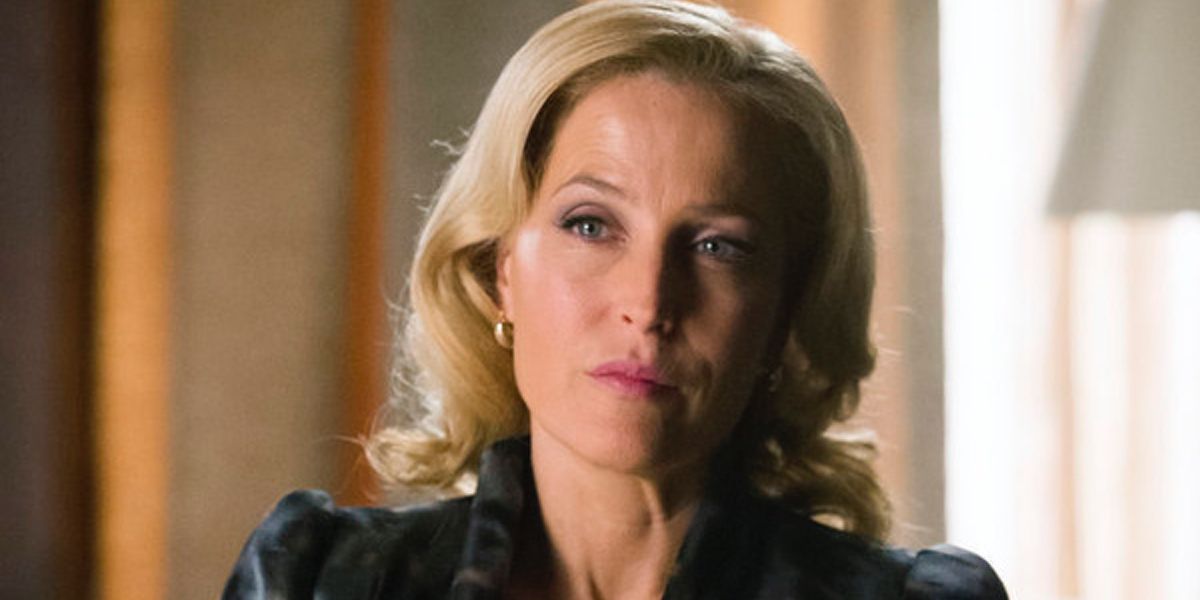
It has been weeks since Hannibal provided its last glimpse of the bloody aftermath of Bedelia’s ill-fated meeting with Neal Frank (Zachary Quinto), and here it’s used as the perfect illustration of Bedelia’s question about the bird. More than that, however, her choosing to be a part of Hannibal’s murderous intentions and manipulations expresses a great deal about how deeply her fascination with the killer runs, and how, like Will, the intimacy of their connection, and what it means for who she is as a person, is what frightens her more than Hannibal himself.
Although it seems like a digression to bring Bedelia back after the events in Florence, Fuller and co-writer Don Mancini (Child’s Play) use it to weave throughout the episode a thread of self-perception and the fear of losing self-control during moments of heightened intimacy. And in Will’s discussion with Bedelia, the story demonstrates not only how close the line between compassion and cruelty often is, but also how close in nature Will and his quarry actually are. If it weren’t for the sit-down with Bedelia and the discussion of empathy, the scenes between Francis Dolarhyde and Hannibal – where Francis perceives himself in conversation with Hannibal as well as in his “true” form – might not have resonated to the degree they did. And were it not for the episode’s framework being both the perception of the self and the willing release of control in favor of emotional and physical intimacy, the most affecting moment of the hour might have felt too familiar.
The emotional energy that ‘…And the Woman Clothed in the Sun’ has stems largely from the relationship between Francis and Reba building from a guarded courtship to full-blown passion after a trip to the zoo, in which she literally caresses a sleeping beast. This is arguably the most memorable moment to have been adapted from Harris’ Red Dragon novel, making its way to both Michael Mann’s and Brett Ratner’s versions. But here, under the direction of Guillermo Navarro, there is a unique vibrancy to the scene – both in the way Navarro shot it and the way Richard Armitage plays up the moment Reba’s fingers explore the tiger’s mouth – that certainly eclipses the latter and comes very close to (and perhaps even succeeds in) surpassing the former.
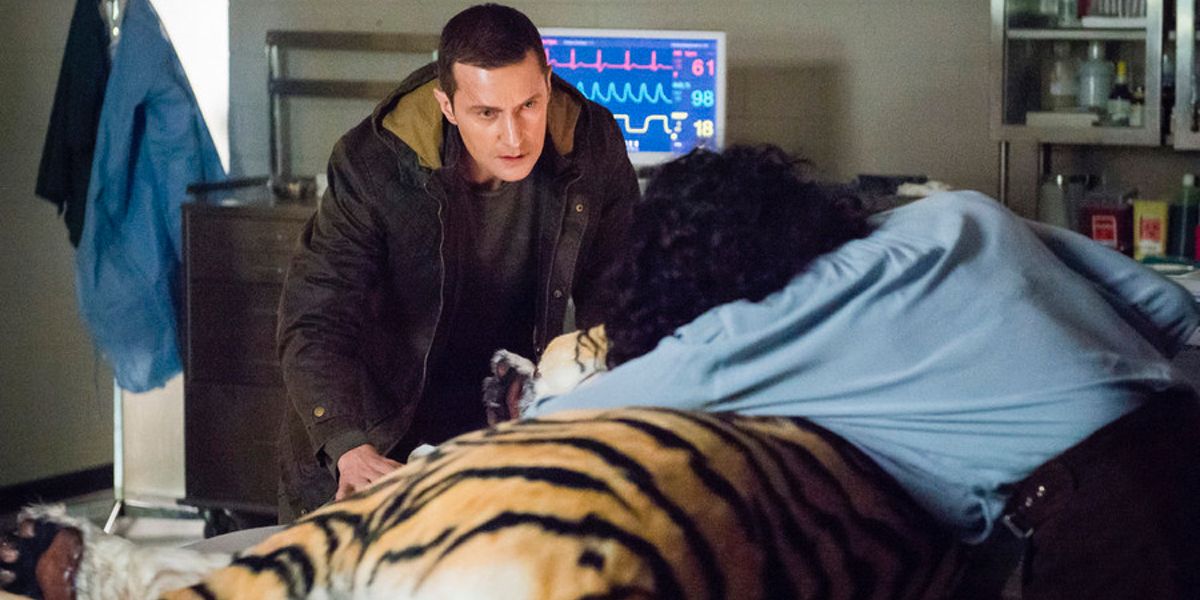
That same vibrancy is present when the connection between Francis and Reba turns sexual. But the reason the moment echoes is because of the care that has gone into making Francis a sympathetic character and how sincere the romance between he and Reba is played. This is especially important since anyone who is a fan of the novel or has seen either Manhunter (if you haven’t, you should) or Red Dragon (if you haven’t, go watch Manhunter instead) knows where the relationship is headed. And being able to feel invested in Francis and Reba, and wanting it to go a different way, despite knowing that Francis is a murderer, makes the sequences powerful in a way that contradicts their familiarity.
As the show has demonstrated before, characters looking for ways to maintain their control and yet also become lost in the ecstasy of losing it, give in to their desires in ways that seem beyond their power. Most obvious is Francis’ consumption of the William Blake drawing, during which he makes Will’s acquaintance. And it’s here that the show reminds us of who, really, is in control, as Hannibal, happily playing both sides, orchestrates a “coincidental” meeting between the two.
To a certain extent, Will is still feeling the aftereffects of Hannibal’s influence. And as Will looks upon Francis’ face for the first time, one has to wonder how much of himself he sees looking back.
–
Hannibal continues next Saturday with ‘…And the Beast from the Sea’ @10pm on NBC.
Photos: Brooke Palmer/NBC
